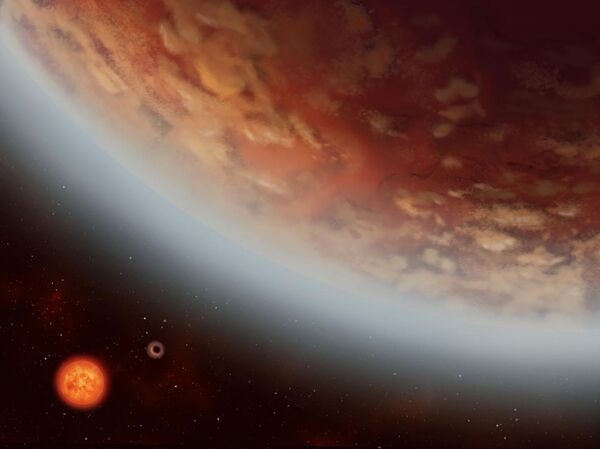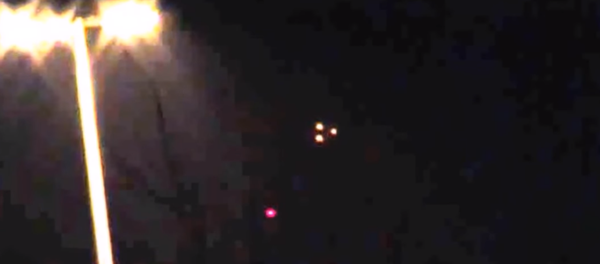The new research, based on data from the European Southern Observatory (ESO), was published in the peer-reviewed scientific journal Astronomy & Astrophysics.
Astronomers found that the potential life-supporting planet, which orbits the red-dwarf star K2-18, also has a neighbor planet called K2-18c, although it is probably too hot to be habitable. Located in the Leo constellation, about 111 lightyears away from Earth, the Super-Earth planet was first discovered in 2015. Found orbiting within the dwarf star's theoretical habitable zone, the planet became a prime candidate for researchers looking for planets that can theoretically support life.
University of Montreal researcher and study lead author Ryan Cloutier said of the team's findings that "being able to measure the mass and density of K2-18b was tremendous, but to discover a new exoplanet was lucky and equally exciting."

The study was made possible thanks to data obtained from the ESO's 3.6 m telescope at the La Silla Observatory in a remote region of Chile. The High Accuracy Radial Velocity Planet Searcher (HARPS) planet-finding spectrograph installed on the telescope measures the radial velocities of stars, which are affected by any nearby planets, with the highest accuracy available, enabling it to detect even the smallest of planets.
The next step, according to Cloutier, will be to probe the atmosphere for the presence of water with the help of the James Webb Space Telescope, the NASA/ESA/CSA telescope expected to be completed and launched in two years' time. Study co-author Rene Doyon says that K2-18b will be a prime candidate for the new telescope's atmospheric studies of distant planets once it comes online.
Of course, an actual mission to the distant solar system is out of the question for now. Scientists estimate that current technology enables our spacecraft to travel just one light year every 21,000 years. That means that a satellite or manned mission traveling to K2-18b would take over 2.3 million years to get there.




